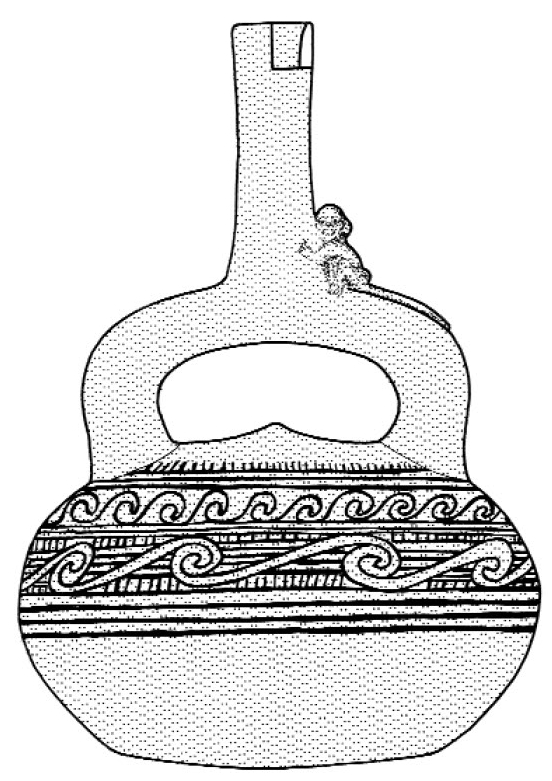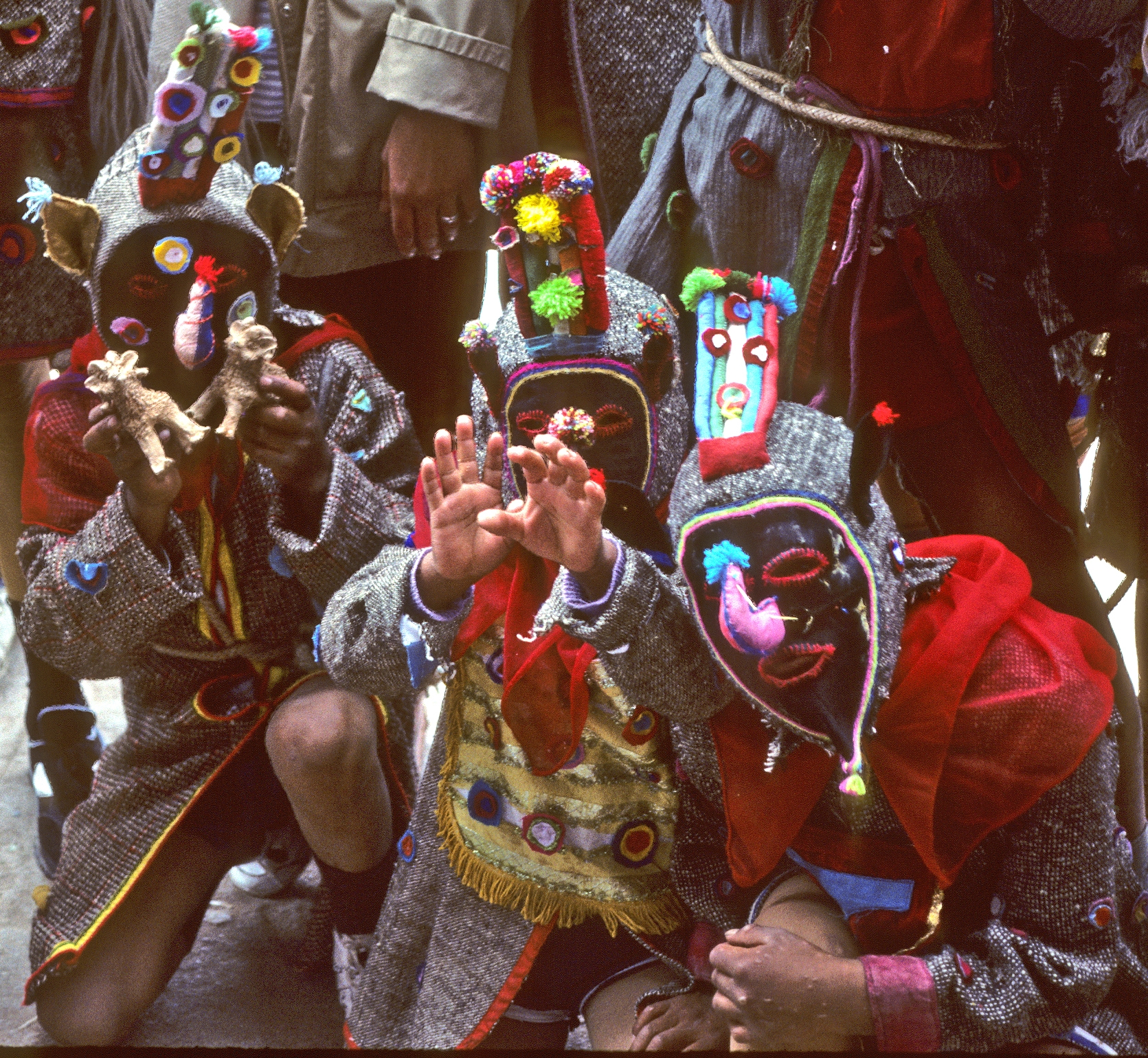Backlist
An Investigation Into Early Desert Pastoralism
Submitted by admin on March 31, 2015 - 12:00amNegev focuses on two primary purposes, one theoretical/methodological and the second substantive. Briefly stated, the book comprises a case study of excavations at an early (ca.
Archaeology 2.0: New Approaches to Communication and Collaboration
Submitted by admin on March 31, 2015 - 12:00amHow is the Web transforming the professional practice of archaeology? And as archaeologists accustomed to dealing with “deep time,” how can we best understand the possibilities and limitations of the Web in meeting the specialized needs of professionals in this field?
Chotuna and Chornancap: Excavating an Ancient Peruvian Legend
Submitted by admin on March 31, 2015 - 12:00amChristopher Donnan's Chotuna and Chornancap: Excavating an Ancient Peruvian Legend, explores one of the most intriguing oral histories passed down among ancient Peruvians: the legend of Naymlap, the founder of a dynasty that  ruled the Lambayeque Val
ruled the Lambayeque Val
Exploring Methods of Faunal Analysis: Insights from California Archaeology
Submitted by admin on March 31, 2015 - 12:00amHow does the practice of archaeology benefit from faunal analysis? Michael Glassow and Terry Joslin's Exploring Methods of Faunal Analysis: Insights from California Archaeology addresses this question.
Crucible of Pueblos: The Early Pueblo Period in the Northern Southwest
Submitted by admin on March 31, 2015 - 12:00amWinner of the Choice 2013 Award for Outstanding Academic Title
Archaeologists are increasingly recognizing the early Pueblo period as a major social and demographic transition in Southwest history.
Lake Titicaca: Legend, Myth and Science
Submitted by admin on March 31, 2015 - 12:00amLake Titicaca and the vast region surrounding this deep body of water contain mysteries that we are just beginning to unravel. The area surrounding the world’s highest navigable lake was home to some of the greatest civilizations in the  ancient world.
ancient world.
The History of the Peoples of the Eastern Desert
Submitted by admin on March 31, 2015 - 12:00amThe last quarter century has seen extensive research on the ports of the Red Sea coast of Egypt, the road systems connecting them to the Nile, and the mines and quarries in the region.
Last House on the Hill: BACH Area Reports from Çatalhöyük, Turkey
Submitted by admin on March 31, 2015 - 12:00amOccupied from around 7500 BC to 5700 BC, the large Neolithic and Chalcolithic settlement of Çatalhöyük in Anatolia is composed entirely of domestic buildings; no public buildings have been identified. First excavated in the early 1960s, the site was left untouched until 1993. During the summers of 1997–2003 a team from the University of California at Berkeley (the BACH team) excavated an area at the northern end of the East Mound of Çatalhöyük. The houses there date predominantly to the late Aceramic and early Ceramic Neolithic, around 7000 BC.
Rock Art at Little Lake: An Ancient Crossroads in the California Desert
Submitted by admin on March 31, 2015 - 12:00amThe product of ten years of fieldwork at Little Lake Ranch in the Rose Valley, the southern gateway to the Owens Valley, this book presents the results of intensive rock art analyses carried out by the interdisciplinary research team of the UCLA Rock Art Archive. The research attempts to establish a connective web of associations to break down traditional but artificial barriers between rock art and the rest of archaeology.


